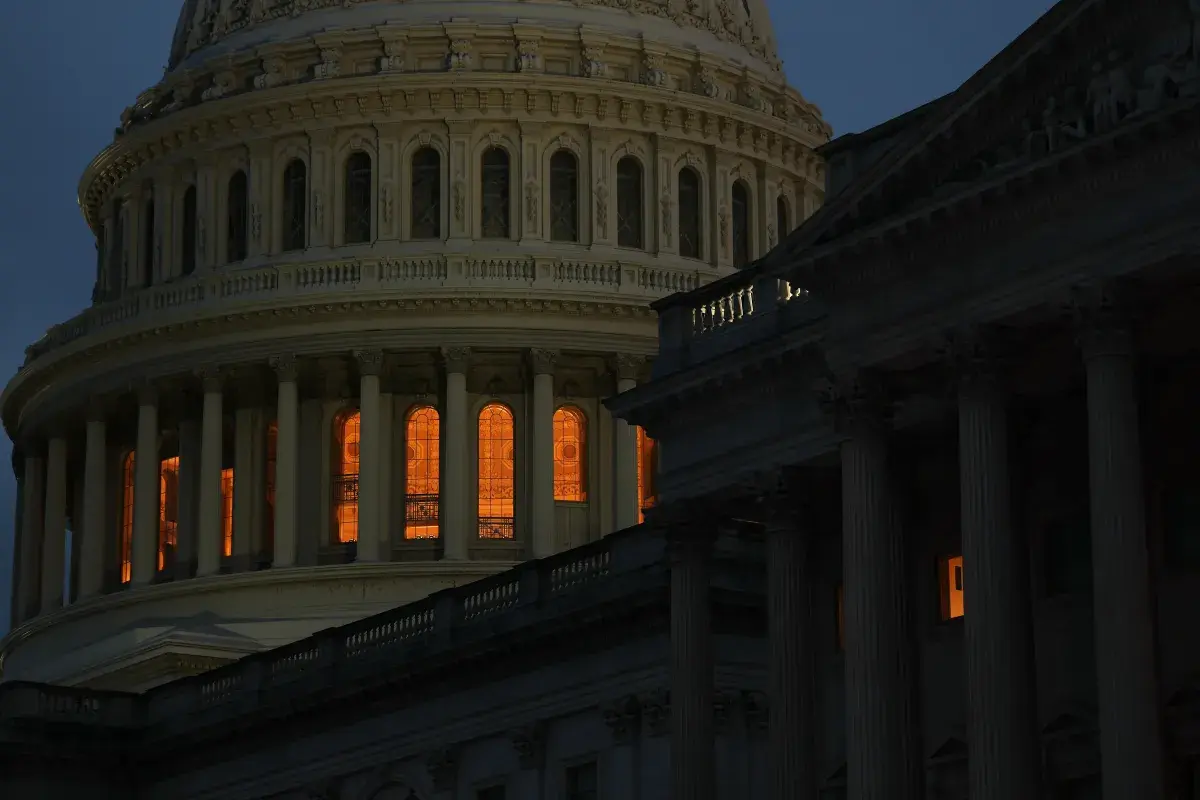Copyright Forbes

Conrad Young is cofounder of Paragon, the digital asset communications Agency. “I want to be featured in [insert major finance outlet here]” is one of the most common requests Web3 founders have when they hire a public relations firm. In essence, that is a reasonable goal. After all, what startup wouldn’t want the credibility that comes with a headline in Bloomberg, the Financial Times or Forbes? But here's the reality: Mainstream media rarely covers the digital assets industry the way founders imagine. Yes, the industry is starting to get bursts of attention from traditional media, but it's normally focused on market movements or regulatory news, which just isn’t relevant for every company. The truth is that to get a cryptocurrency company featured in traditional media, you must either weave the company into the daily news or think more creatively about what "story" you're really trying to tell. For every celebrity headline or regulatory milestone, there are hundreds of startups with products they believe are groundbreaking, only to discover that traditional media isn’t as interested. The reason isn't that the technology lacks substance. It’s that the stories they're pitching often read more like sales pitches than the kind of impact-focused stories that resonate with mainstream publications. Journalists who aren't Web3 natives won't write about a new wallet because it can process transactions faster. Traditional journalists are looking for stories with stakes, characters and consequences that reach far beyond the Web3 tech bubble. Crypto Is Trapped In Its Own Echo Chamber Part of the problem is structural. Crypto media runs on a loop: Startups announce a launch, and if it’s big enough, it will get picked up by a tier 1 crypto publication, it will be amplified on Twitter by active Web3 communities and it will get dissected in Telegram groups. Within days, however, that same announcement will fade into the background as the cycle moves on to the next announcement or trend. Within the industry, the cycle is often mistaken for validation; however, such news rarely reaches beyond the borders of Web3 news cycles. For mainstream journalists, most of these announcements look indistinguishable—another token, another bridge, another protocol. But the main issue is that these announcements don't answer the basic question editors ask before greenlighting a story: Why would anyone outside the Web3 bubble care? Consider how the founders behind a decentralized science (DeSci) project might approach the media: Instead of announcing yet another on-chain product launch, they could frame their story around a new way for researchers across countries to securely share clinical trial data while keeping patient details confidential. This isn’t a product release dressed up as news. It’s a story with everything mainstream reporters look for: social impact, human relevance and real-world stakes. Stories Are Infrastructure Too When it comes to digital asset founders, they often assume that their infrastructure speaks for itself. They believe that if the system is secure, scalable or fast enough, adoption will follow. But history shows otherwise. Technology only achieves impact when people understand why it matters. The internet wasn’t adopted because of protocols like TCP/IP. It spread because people grasped what it meant for communication, commerce and culture. This is why treating stories as infrastructure is essential. They don’t just generate headlines. They set the terms of public debate, influence regulators, attract capital and determine whether the next wave of users sees cryptocurrencies as casino chips or as tools for financial empowerment. If you want to change perceptions, you must learn to craft stories that resonate beyond the Web3 ecosystem. Mainstream media isn't swayed by technical milestones alone; it responds to narratives that connect technology to people’s lives, politics and culture. Until you learn to speak that language, you'll struggle to move past the industry's own media bubble.



